Tanzania with Steve Bolnick

Follow legendary guide Steve Bolnick on a 14-day privately guided journey through Tanzania’s most iconic wilderness areas—Ruaha, the Serengeti and Ngorongoro Crater—staying at exceptional Asilia camps that place you at the heart of The Great Migration.
Tanzania Safari with Steve Bolnick
Formed in 1964 through the union of Tanganyika and Zanzibar, Tanzania is one of Africa’s most spectacular safari destinations. Almost a third of the country is protected for wildlife, including world-famous areas such as the Serengeti National Park, Ruaha National Park, and the Ngorongoro Crater. Tanzania is best known for The Great Migration, where over a million wildebeest and zebra move across the Serengeti plains in search of fresh grazing. From the baobab-dotted landscapes of Ruaha to the volcanic highlands surrounding Ngorongoro, Tanzania offers a classic East African safari rich in wildlife, culture, and natural wonder.
About Steve Bolnick
With more than forty years of experience, Steve Bolnick is recognised as one of Africa’s leading professional safari guides. He has guided throughout Southern and East Africa, assisted with wildlife research projects, and continues to train guides in several countries. Steve’s deep understanding of animal behaviour, ecosystems, and conservation makes every safari a masterclass in the African wilderness. His career began on the very land where Umlani Bush Camp now stands—marking the start of a lifelong dedication to connecting travellers with Africa’s wildest places.
Gallery
Itinerary
Day 1 - 3
Kokoko Camp, Ruaha National ParkFollowing its 2008 merger with Usangu Game Reserve and other notable wetlands, Ruaha is counted among Tanzania's biggest national parks, spanning more than 20,000km². It is also a sizeable elephant haven and home to buffalo, huge populations of lion, leopard, and a profusion of bird species, including kingfishers, plovers, egrets, hornbills and sunbirds. Crocodiles and hippos thrive in the Great Ruaha River, which flows along the sanctuary’s eastern border and in the dry season between July and November, animals flock to the last remaining water sources, presenting an exceptional wildlife spectacle. There are a number of accommodation options available but some close for the wet season in March and April.
Ruaha is part of a huge, protected wilderness area (larger than Denmark). It is a sanctuary to large numbers of wildlife as well as one the greatest elephant populations in Tanzania. Ruaha is known for it’s Baobab Trees, rugged beauty, unspoilt wilderness and great birdwatching.
Located in the prime wildlife area of Ruaha National Park, Kokoko Camp offers walking safaris with one of Asilia’s top guides, game drives, night drives, star gazing and dinners surrounded by lanterns in the riverbed.
Day Notes
Arrive at Dar es Salaam Airport in time for a charter flight to Msembe Airstrip. From the airstrip you will do a game drive to Kokoko Camp. Spend 3 nights at the private remote Kokoko Camp.
Ruaha is part of a huge, protected wilderness area (larger than Denmark). It is a sanctuary to large numbers of wildlife as well as one the greatest elephant populations in Tanzania. Ruaha is known for it’s Baobab Trees, rugged beauty, unspoilt wilderness and great birdwatching.
Accommodation:
Day 4 - 6
Ubuntu Migration Camp, Northern SerengetiLocated between the Central Serengeti and Kenya’s Masai Mara National Reserve to the north, the Northern Serengeti is a remote African wildlife wonderland. The vast, rolling savannah of the Northern Serengeti, is known as the hub of the great migration. The landscape is characterised by vast stretches of savannah interspersed with acacia trees and riverine woodlands. Wildlife can be seen along the banks of the Mara River and visitors can view the annual spectacle of the half a million migrating wildebeest. Commonly spotted wildlife include: a multitude of plains game such as buffalo, zebra, gazelles, impala, giraffe as well as lion and leopard. Visitors can look forward to bird watching, hot air ballooning, game safaris and guided bush walks.
Ubuntu Migration Camp moves with the migrating herds of wildebeest. From mid-June to end-October, the camp is located in the northern Serengeti. With 10 spacious tents, each with full en suite facilities, Ubuntu offers guests the opportunity to uncover the more fascinating and unexplored corners of the Serengeti.
Day Notes
You will transfer from Kokoko Camp to Ubuntu Migration by charter, where you will spend 3 nights.
Day 7 - 8
Dunia, Central SerengetiSituated in the heart of Tanzania, the Central Serengeti encompasses the world-famous Seronera Valley which is known for its prime wildlife-viewing opportunities. This picture-perfect landscape is characterised by endless stretches of savannah-covered open plains interspersed by rocky outcrops of granite and scattered with acacia woodlands and covered in a network of rivers and streams. The Central Serengeti forms part of the great wildebeest and zebra migration and provides an ideal habitat for a variety of wildlife such as giraffe, impala, waterbuck, hippo, elephant, buffalo, lion, leopard, hyena, jackal, serval and much more. Popular activities include: game viewing, cultural tours, horse riding safaris, and hot air ballooning over the spectacularly scenic terrain.
Dunia, in Tanzania’s central Serengeti, is well placed for wildlife spotting. During the annual Great Migration, guests can watch giant herds of wildebeest moving through the area right from camp. Farther afield, you may spot lions using the granite boulders of Moru Kopjes to scan the plains for prey.
Day Notes
You will charter from Ubuntu to Dunia where you will overnight for 2 nights
Accommodation:
Day 9 - 11
Namiri Plains Camp, Eastern SerengetiThe rich acacia-dotted plains of the Eastern Serengeti are home to abundant wildlife. Visitors flock here to view the world-renowned wildebeest migration. Some of the best game-viewing can be enjoyed from Lobo on the eastern edge of the Serengeti National Park along the Grumeti River. Popular activities include: taking a guided walk through the spectacularly scenic terrain of the wild Serengeti, jumping on a hot air balloon safari, picnics in the bush, and learning about Maasai culture and history. Don’t miss the opportunity to visit the world famous Gol Kopjes for the best cheetah viewing in Africa.
Completely refurbished and upgraded in 2019, Namiri Plains is in Tanzania’s eastern Serengeti. This remote camp is also a conservation initiative, protecting an area crucial to cheetah and other big cats.
Namiri Plains is one of Africa’s best locations for observing big cats. Located in the vast and remote grasslands of the eastern Serengeti, Namiri Plains provides a tranquil and secluded retreat within a wildlife-rich environment.
This was the first safari camp in the area, our guides are the custodians and know these grassy plains the best, sharing the most profound connections to the wildlife and innate respect for this precious ecosystem.
When not discovering the abundance of wildlife, you can lounge by the welcoming pool, unwind in the library, or indulge in a revitalising massage at the spa. Whether you seek a peaceful escape amidst the stunning scenery, thrilling dawn-to-dusk game drives, or specialised photographic safaris in our custom-designed vehicles, our welcoming team caters to your every whim. Namiri Plains offers the most comprehensive, all-embracing experiences, high-quality, year-round game viewing, luxurious accommodations, and the highest service levels.
Day Notes
There will be a road transfer from Dunia Camp to Namiri Plains Camp where you will overnight for 3 nights.
The largest ungulate migration on our planet occurs mostly through the Serengeti ecosystem. Approximately 1.5 million Wildebeest and 250,000 Zebra participate in this continuous clockwise migration following the rains. In Aug & September these herds must cross the Mara River into the Masai Mara National Reserve (in Kenya). Crocodiles lie in wait for the herds and other predators are in abundance to exploit this enormous food resource. The Serengeti is a huge area with great variety and we therefore make use of 3 different camps to enjoy the diversity of this area and to visit less frequented parts of the park.
Accommodation:
Day 12 - 13
The Highlands, Ngorongoro CraterLocated in Northern Tanzania, the Ngorongoro Crater is best known for its natural beauty and abundance of diverse wildlife; which makes it one of Africa’s most popular safari destinations. Surrounded by Tanzania’s highlands, this UNESCO-listed crater is said to be the world’s largest intact volcanic caldera. Visitors can look forward to spotting the world-renowned Big Five and a host of other wildlife species including large herds of zebra and wildebeest. It is famed as one of Tanzania’s best tourist attractions offering visitors an array of wonderful activities including excellent bird watching, trekking, wildlife viewing, mountain biking and visiting a local Maasai village. Don’t miss the opportunity to jump on an excursion to the magnificent Olduvai Gorge.
The Highlands redefines the Ngorongoro experience. Set on the edge of the mountain forest hugging the Olmoti Crater to the north of Ngorongoro Crater, The Highlands strikes a perfect balance between a true wilderness experience and a stylish, contemporary escape. Experience the highlands of the wild Ngorongoro Conservation Area surrounding the camp, home to buffalo, smaller predators, and majestic moorland scenery. Follow ancient Maasai trails to the rim of the Olmoti Crater and visit local communities to catch a glimpse into the traditional Maasai way of life that has defined this corner of East Africa for centuries. The famous Ngorongoro Crater is easily accessible from camp, while the setting ensures maximum privacy, a rich adventure, and a range of activities not possible elsewhere in Ngorongoro.
Day Notes
You will drive to Seronera Airstrip in order to charter to Highlands Camp where you will spend the last 2 nights of your safari.
The Ngorongoro Crater is the world’s largest intact, unfilled, volcanic caldera. It has a diameter of approximately 18km and lies within the much larger Ngorongoro Conservation Area. Driving down into The Crater is a breathtaking experience and the incredible concentration of wildlife at the bottom is unsurpassed. The Crater is a UNESCO World Heritage Site.
Day 14
End of ItineraryToday you have a charter flight to Kilimanjaro International Airport for your flight connections to home.
Rates
US22,950 per person sharing
Inclusions
- Privately Guided Safari Activities by Steve Bolnick
- Meals & Local Drinks
- Conservation Fees
- Charters & Road Transfers as mentioned above
- Limited Laundry
Exclusions
- Items of a Personal Nature
- International Flights
- Gratuities

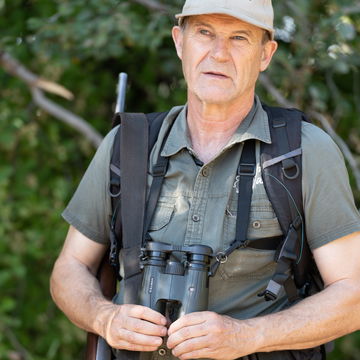
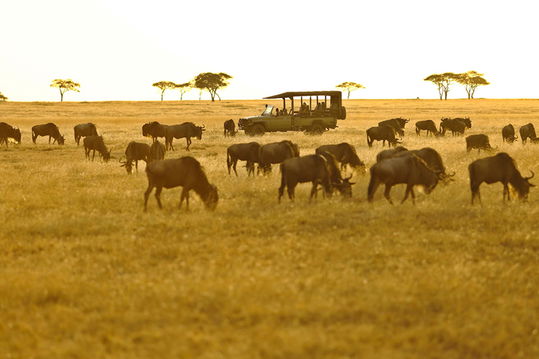





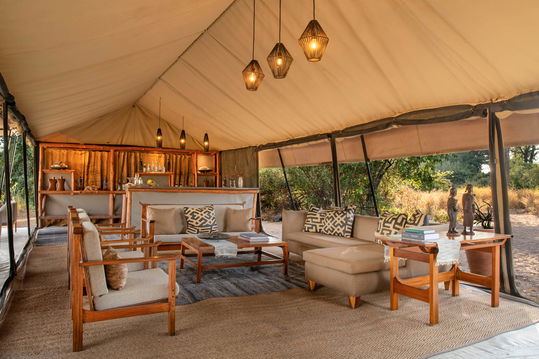
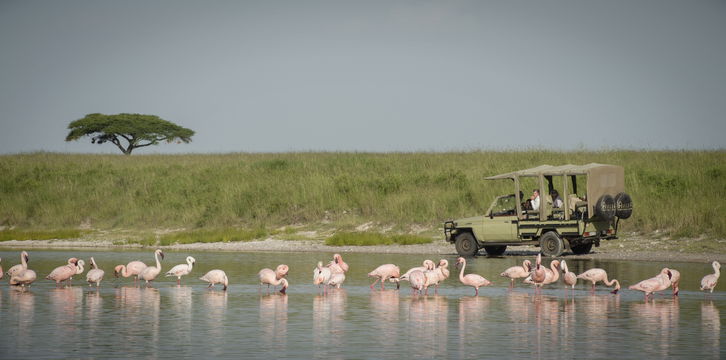
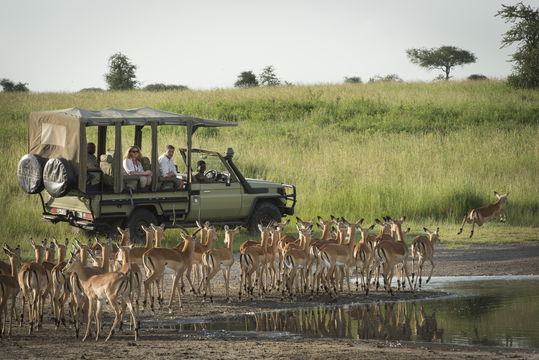
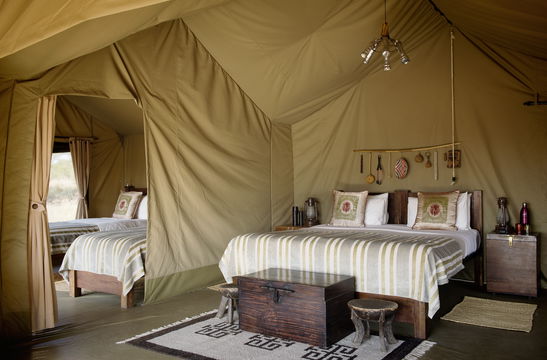
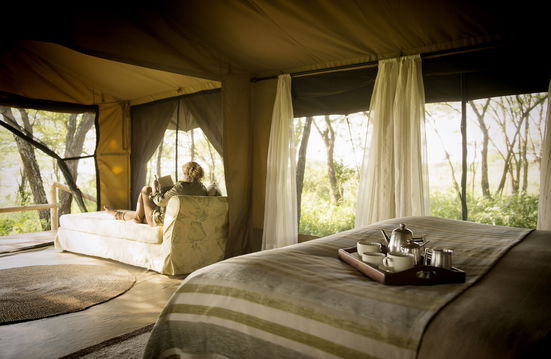

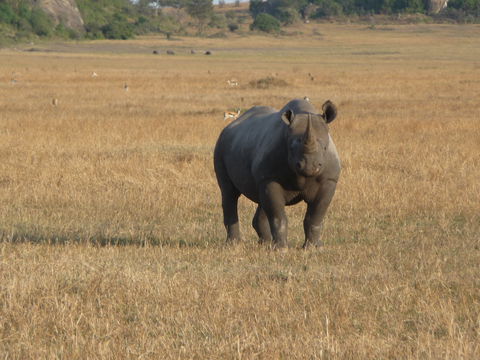
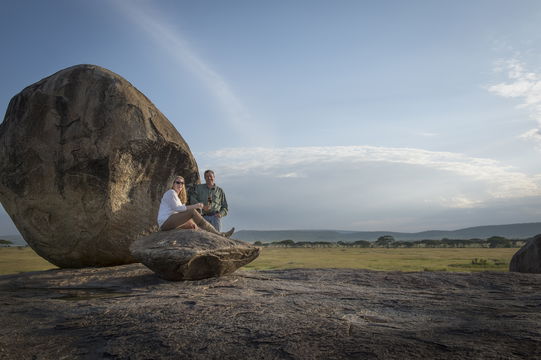
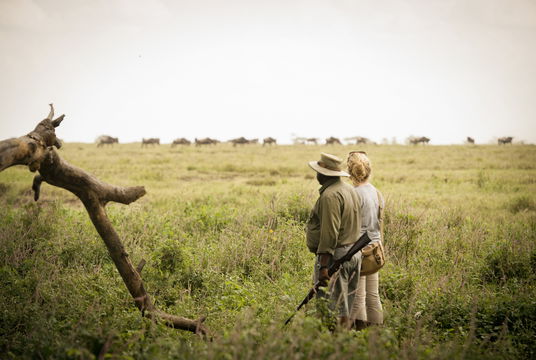
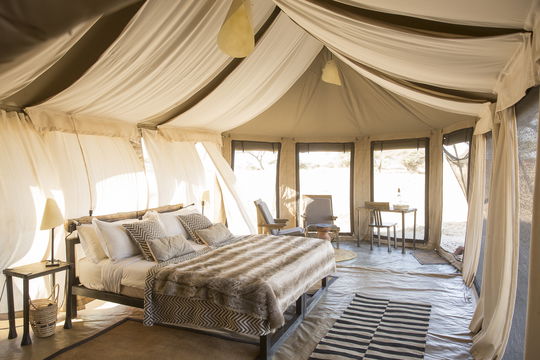
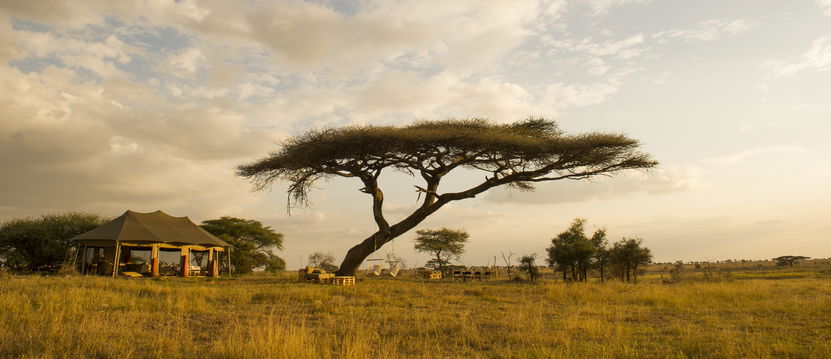


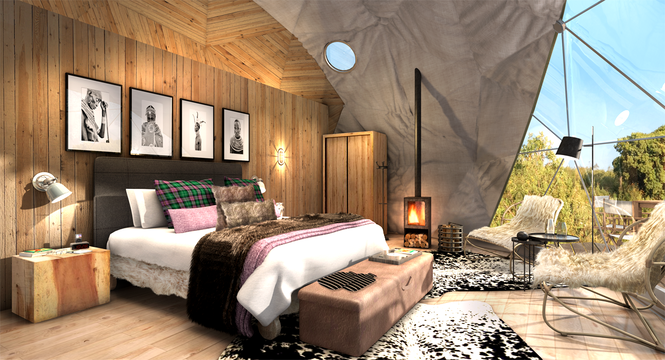
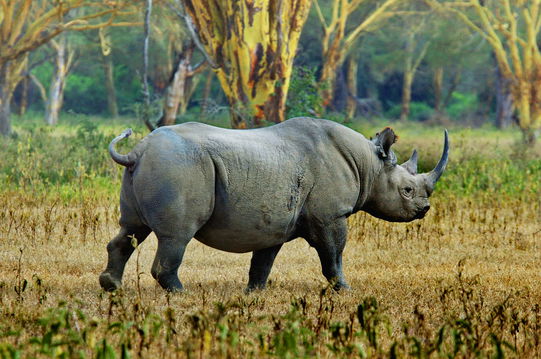
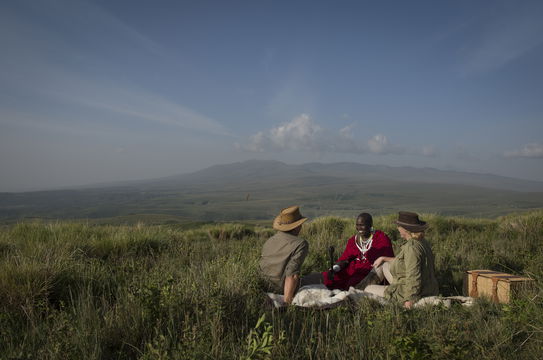
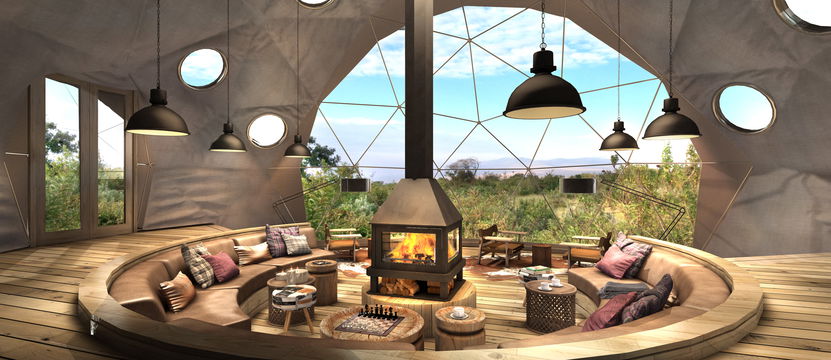
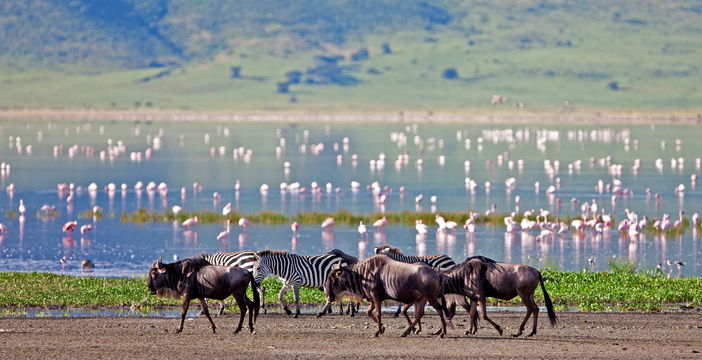

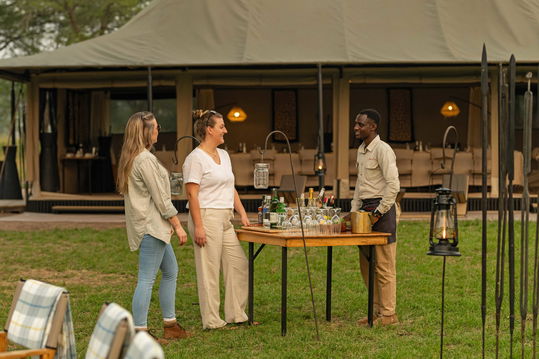


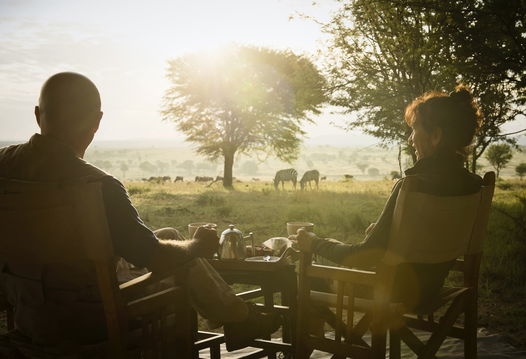
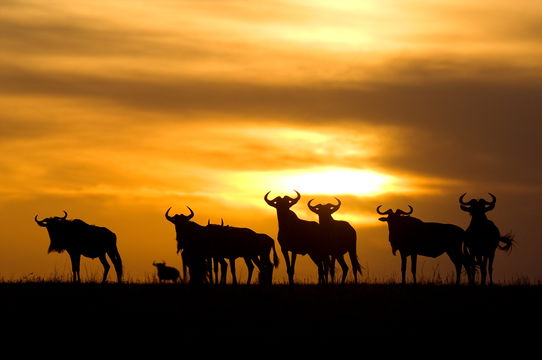

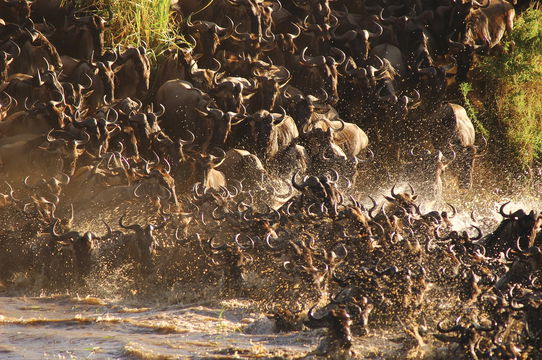
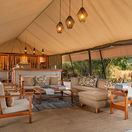
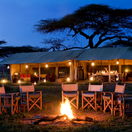
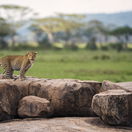

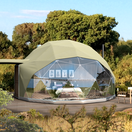
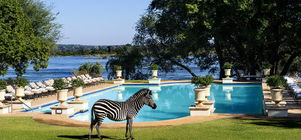
Share This Page